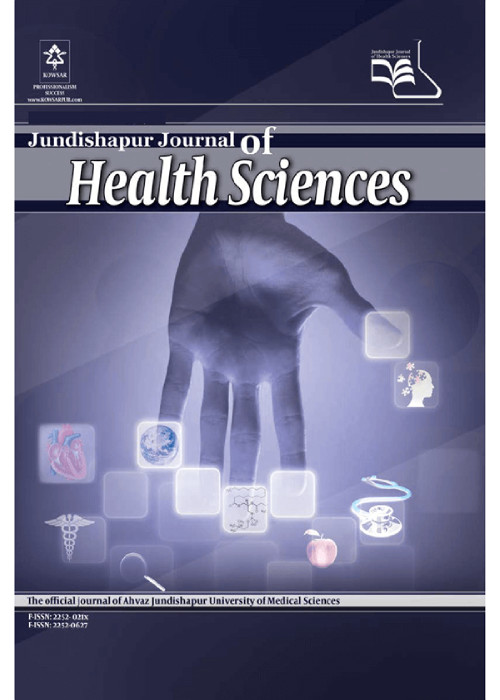Antibiotic Susceptibility Patterns of Uropathogens Isolated from Female Patients with Urinary Tract Infection in Duhok Province, Iraq
Urinary Tract Infections (UTIs) are one of the most common bacterial infections worldwide. The study of bacterial uropathogens in a local area and their susceptibility to antimicrobial agents is required to determine empirical therapy.
This study aimed to assess the profile and antibiotic resistance patterns of bacteria, causing urinary infections isolated from female patients in Duhok province, Iraq.
A total of 530 urine samples were collected from females clinically suspected of UTIs over three years between January 2017 and February 2020. The samples were inoculated directly on MacConkey and Blood agar media and then incubated aerobically for 24 h at 37°C. Samples that gave up colony counts of ≥ 105 CFU/mL were considered as positive growth. Purified colonies were identified through standard bacteriological tests, and their susceptibility to different antibiotics was determined using the Vitek-2 system.
Out of 530 urine samples, 450 (84.9%) contained Gram-negative bacteria, while the other 80 (15.1%) harbored Gram-positive bacteria. Escherichia coli was the most common uropathogenic isolate (58.5%), followed by K. pneumoniae (14.3%), Staphylococcus spp. (8.9%), P. mirabilis (6.6%), E. faecalis (3.2%), and S. agalactiae (3.02%). The majority of Gram-negative uropathogens were resistant to ampicillin, aztreonam, ceftriaxone, and cefepime and around 95% were sensitive to ertapenem and imipenem. Most Gram-positive isolates showed high resistance to benzylpenicillin, oxacillin, gentamicin, and erythromycin, and high susceptibility to linezolid, tigecycline, and nitrofurantoin.
It was concluded from this study that E. coli is the predominant pathogen causing UTIs in female patients in Duhok province, Iraq. There were increasing antibiotic resistance rates, particularly to ampicillin, aztreonam, ceftriaxone, benzylpenicillin, and erythromycin. Therefore, empirical antibiotic therapy should be based on local sensitivity patterns rather than international guidelines.
- حق عضویت دریافتی صرف حمایت از نشریات عضو و نگهداری، تکمیل و توسعه مگیران میشود.
- پرداخت حق اشتراک و دانلود مقالات اجازه بازنشر آن در سایر رسانههای چاپی و دیجیتال را به کاربر نمیدهد.


